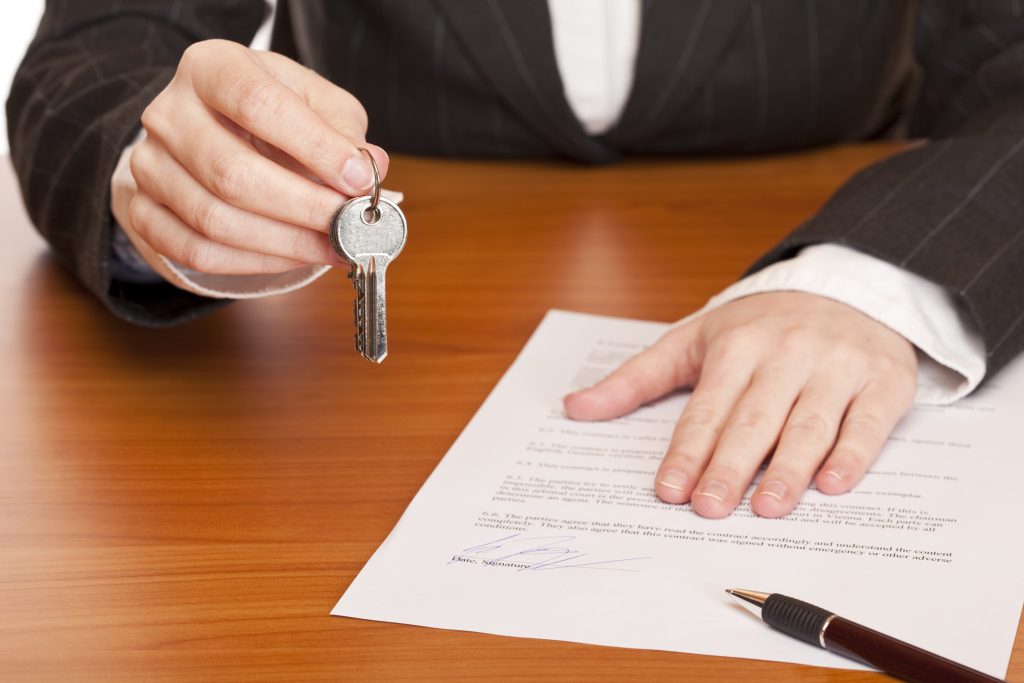PROPERTY BUYING AND SELLING: WHAT HAPPENS?
Written by: Maralyn Hutchinson of local Teddington Solicitors Kagan Moss
How does the property market work for the sale of residential houses and flats? In this article, we explain the law, and what you need to know, in straightforward terms.

MARKETING A PROPERTY
While most property sales are planned, some go ahead for other reasons, such as the death of the owner or where a tenancy has ended. Usually, properties are advertised by agents in a variety of ways – not least the internet, which these days is becoming increasingly important. But advertising doesn’t always reveal everything you may need to know – and it’s up to the buyer to find out.
For example, the date a property first became available may not be clear: it could have been marketed and then withdrawn; marketed with another agent; or remarketed after a previous sale fell through.
INFORMATION AND VIEWING
When a buyer shows interest, the seller’s estate agent will provide basic information and arrange a viewing. Again, it’s for the buyer to ask questions, to find out anything of importance.
TITLE TO THE PROPERTY
The seller or the agent should provide details of the title and a plan of the property, as well as a history of ownership. This can usually be obtained from the Land Registry (your solicitor will help). The documents will also disclose important matters such as restrictions on use, future development and rights of way.
LEASEHOLD PROPERTY
The lease should be made available and must be read very carefully. It’s vital to know, for example, how many years are left before it expires: this affects the property’s value, as do any rights to apply for an extension of the lease, or the possibility of buying the freehold. But remember that different rules apply to houses and flats.
The rent and service charges are also important: can they be increased over the years? If so, can the buyer afford any increase? And will the property maintain its value – or be hard to sell?
This kind of management information should be obtained from the landlord – or, in the case of many blocks of flats, from the managing agents. But remember that this may take some time and involve a fee.
THE OFFER
Sometimes, the buyer may come under pressure to make an offer without viewing the property as many times as they should beforehand. The offer made is entirely up to the buyer – but bear in mind that even if the full asking price is offered, the seller may not accept.
Before accepting an offer, the agent should find out how the buyer will finance the purchase. This will normally require a deposit payable at exchange (typically up to 10% of the agreed purchase price) and the balance payable at the date agreed for completion. If borrowing is necessary – a mortgage, for example – progress of the loan application should be monitored.
The ability of the buyer to proceed, and the timing of the purchase, may also depend upon the sale of another property or investment – the so-called ‘chain’. The seller, too, may be in the same position.
Before any offer is accepted, the agent will put it to the seller, who may accept or ask for a higher offer (for example, to exceed a competing offer).
Once the purchase price is agreed, the sale will be subject to a formal contract as well as any other matter, such as the all-important survey. The agent may set out a timetable for the exchange of contracts and a completion date – but this will be provisional and could be altered for a number of reasons.
PRE-EXCHANGE
If the seller’s property is mortgaged, a repayment statement will be required from the lenders to ensure that the sale price is sufficient to pay off that mortgage.
The seller’s conveyancer (usually a solicitor) will prepare and submit a pack of information to the buyer’s conveyancer. This will include a draft contract for checking and approval. Be satisfied that the seller’s identity and the ownership of the property are genuine – and make sure you find out about the history of the property.
The sale price will be ‘subject to contract’ and ‘subject to survey’. The buyer may instruct a surveyor to inspect and report on structural condition. The lender, too, is likely to obtain a report from its own valuer and, if satisfied, will then issue a mortgage offer to the buyer.
The seller’s conveyancer will also ask the Local Authority if anything is known about the property and the immediate area, in terms of planning applications, compulsory purchase orders and so-on, and a report will be prepared. If the report is satisfactory, the buyer can then sign the contract and return it, together with the agreed deposit, so that the exchange of contracts can be arranged. At the same time, the seller has to ensure that arrangements on any connected purchase are agreed.
In the case of a freehold property, the buyer must insure it from the date of the exchange of contracts.
EXCHANGE OF CONTRACTS
Once both parties have signed, a completion date will be agreed. If there is no buyer’s or seller’s chain, this will be straightforward. Otherwise, everyone else in the two chains will need to agree dates – a process managed and coordinated by the various conveyancers or legal representatives, together with the estate agents.
Then, once the completion date is agreed, contracts can be exchanged. This will be done by the conveyancers.
Once exchanged, the contract becomes binding on both parties and the purchase price will then be payable and released to the seller on the day of completion – the date on which vacant possession of the property is given to the buyer, and ownership is transferred.
When contracts are exchanged, sellers and buyers can make moving and other practical arrangements.
PRE-COMPLETION
Before completion happens, the seller will sign a deed to transfer ownership of the property to the buyer.
Meanwhile, the buyer will sign any mortgage deed so that loan funds are released in time for completion. The buyer will also receive a financial statement concerning funds to be transferred; this will cover not only the balance outstanding (usually the price less deposit already paid), but also costs, fees and stamp duty.
COMPLETION
Completion day has at last arrived! It’s the day when the buyer’s conveyancer will transfer to the seller’s conveyancer the purchase price (less any deposit paid and agreed allowances), and the transaction is completed. Then the house keys are handed by the estate agent to the buyer, who’s free to move in to the property.
But before then, remember the practicalities of everyday living – postal redirection, for example; sending out change of address details to your GP, the bank, DVLA, TV licencing, broadband provider and so-on. And don’t forget to register with all the utility companies and service providers. Then, think about updating addresses in any legal documents such as your Will.
The legalities aren’t quite over yet. A transfer deed will be sent to the buyer’s conveyancer, who will make arrangements to file a Stamp Duty Land Tax (SDLT) return at HMRC on behalf of the buyer and pay the SDLT due on the transaction.
Following that, an application will be made to the Land Registry to change the registered title of the property from the seller to the buyer, and to register any mortgage that has been signed by the buyer. The mortgage provider will require their mortgage to be filed at the Land Registry in order to protect their interest in the property – which will remain until the mortgage is paid off.
Once all that is done, and any mortgage taken out by the previous owner is removed, the title details will be sent to the buyer’s conveyancer, who will provide a copy.


